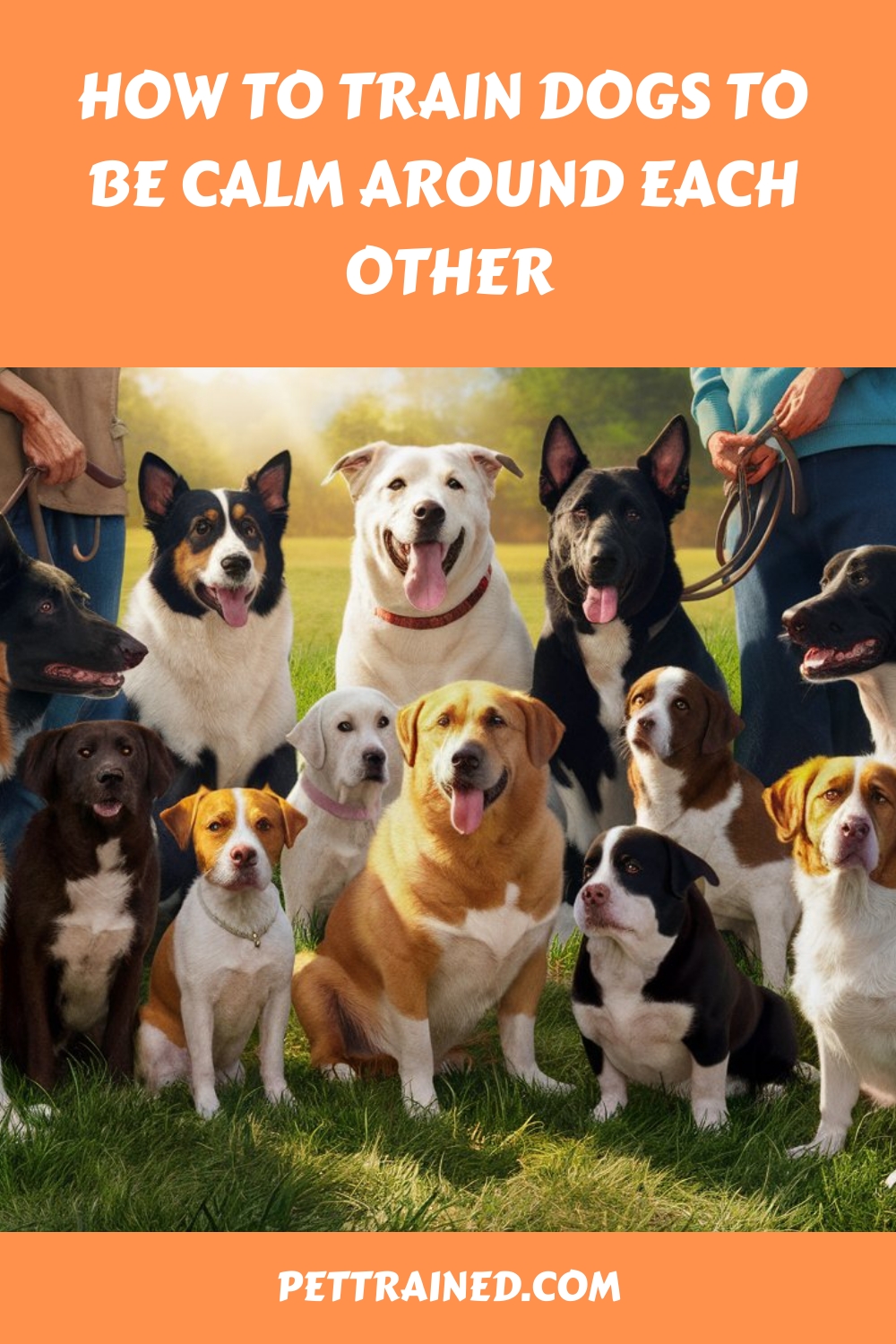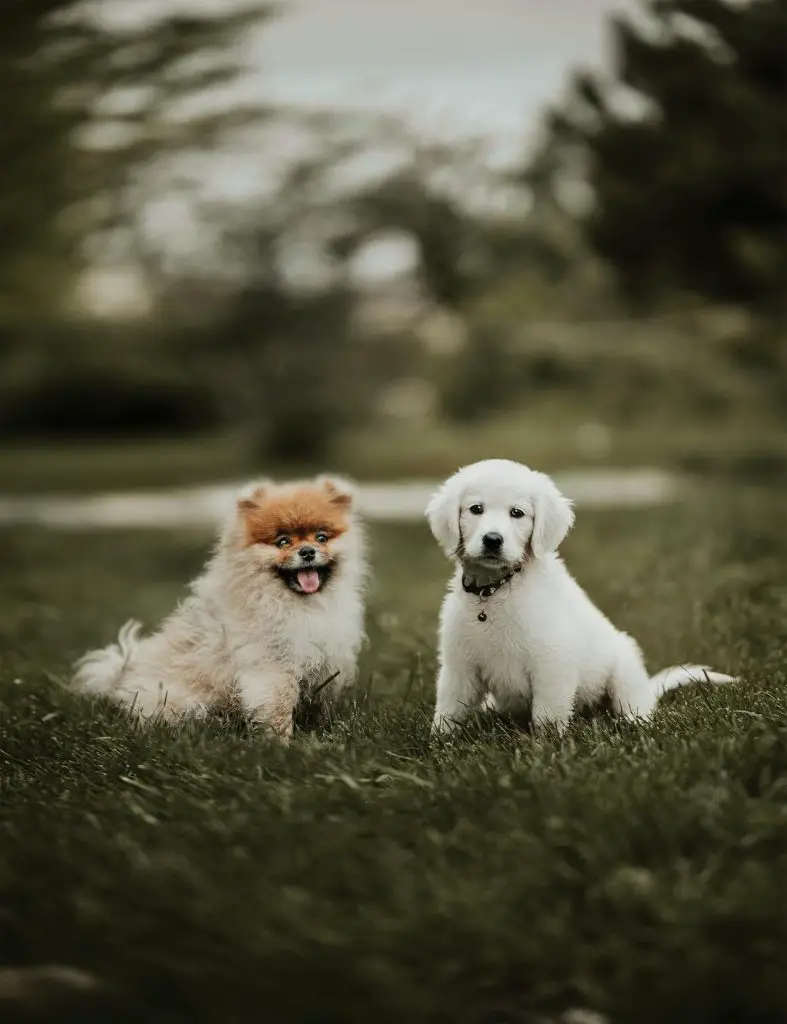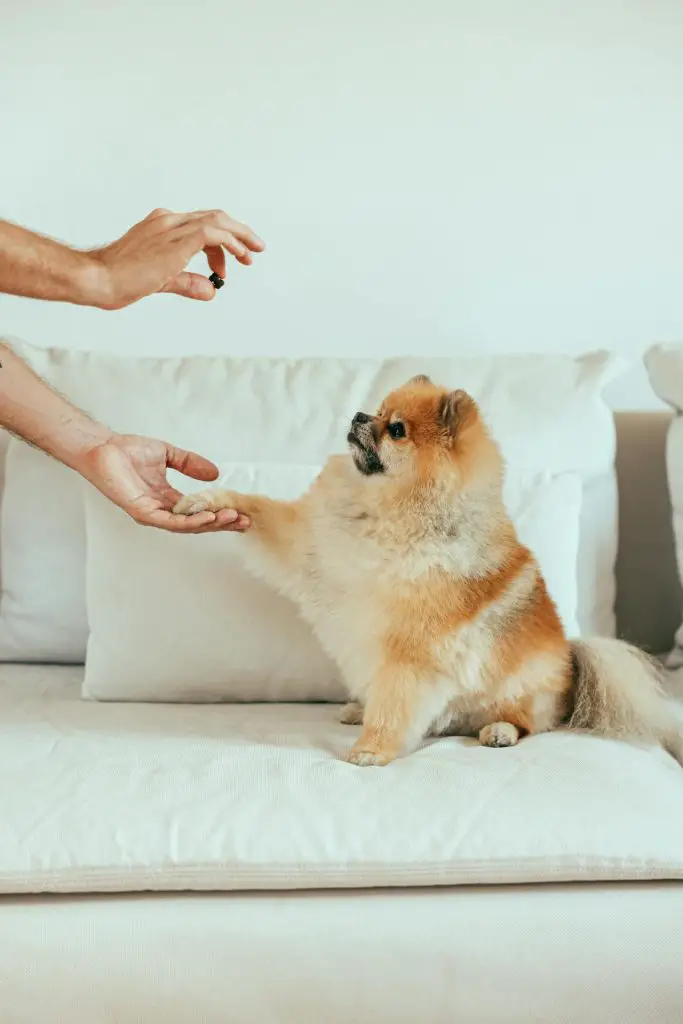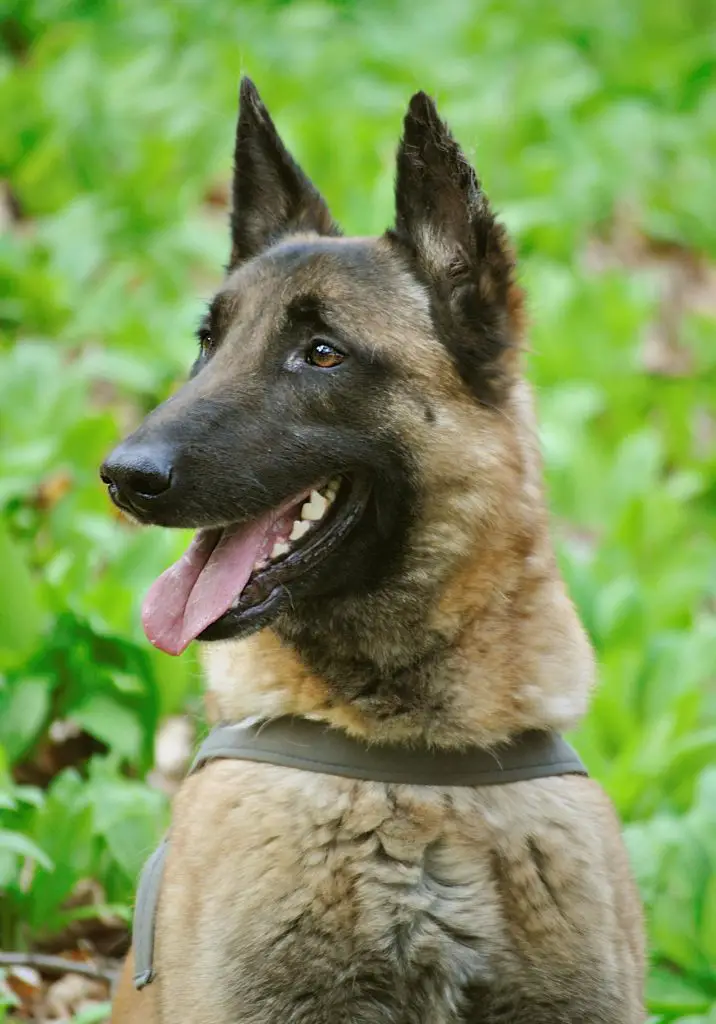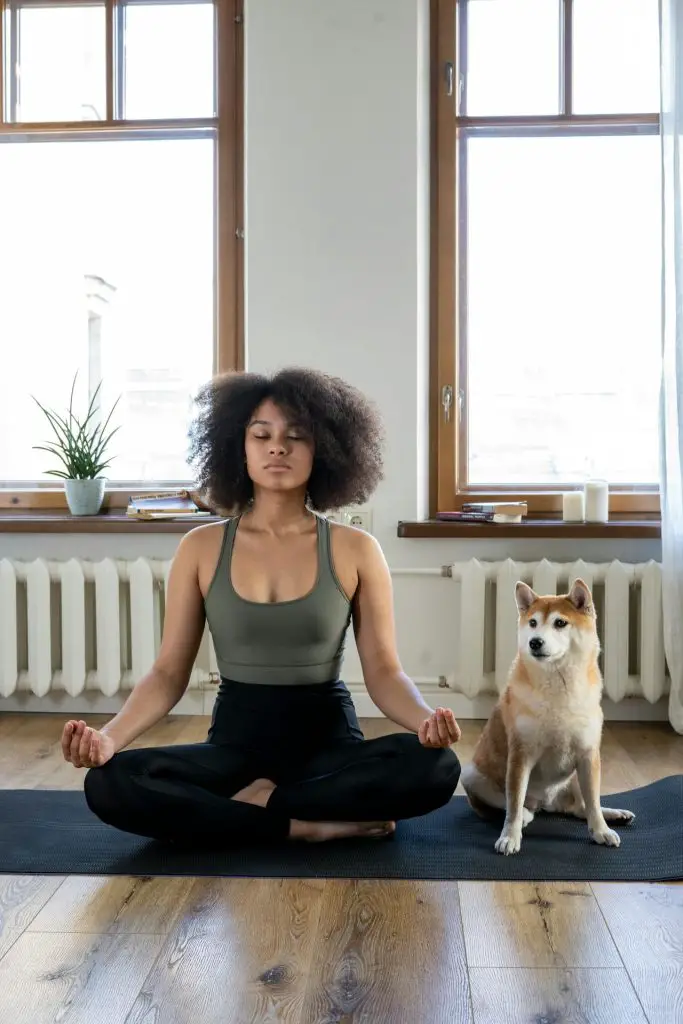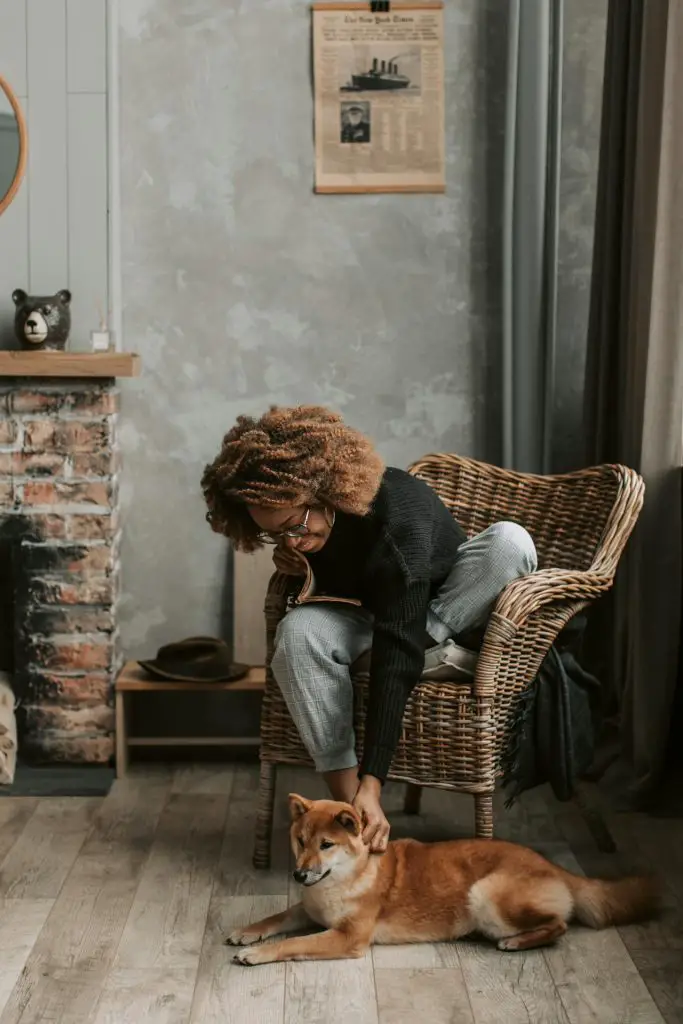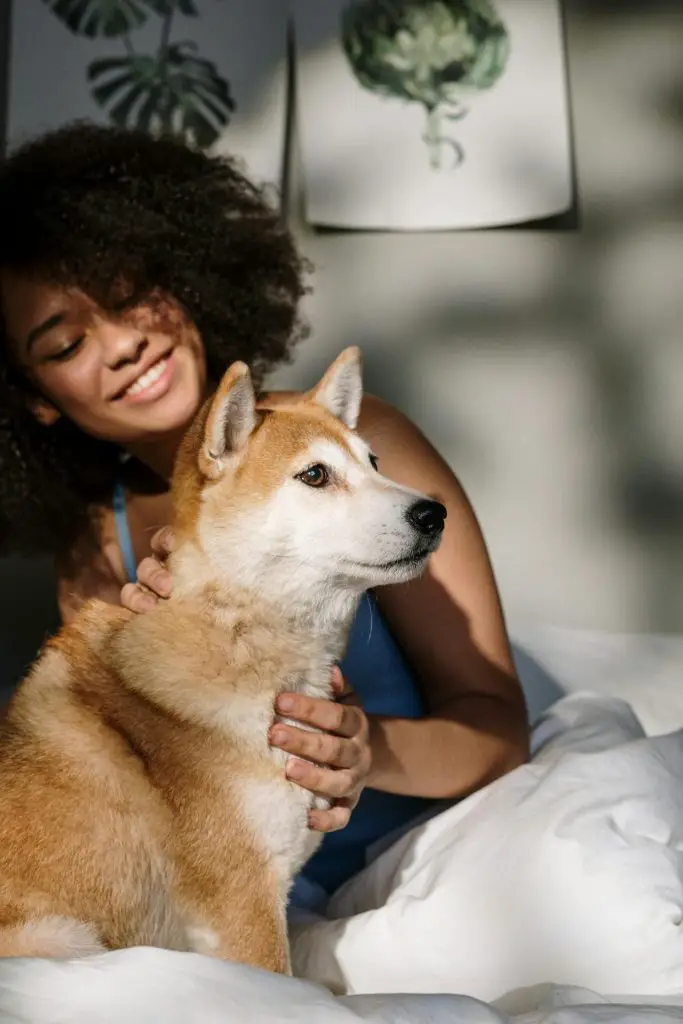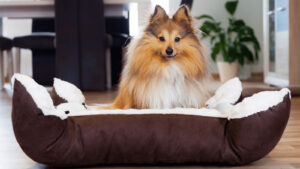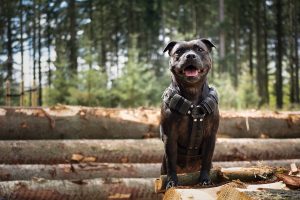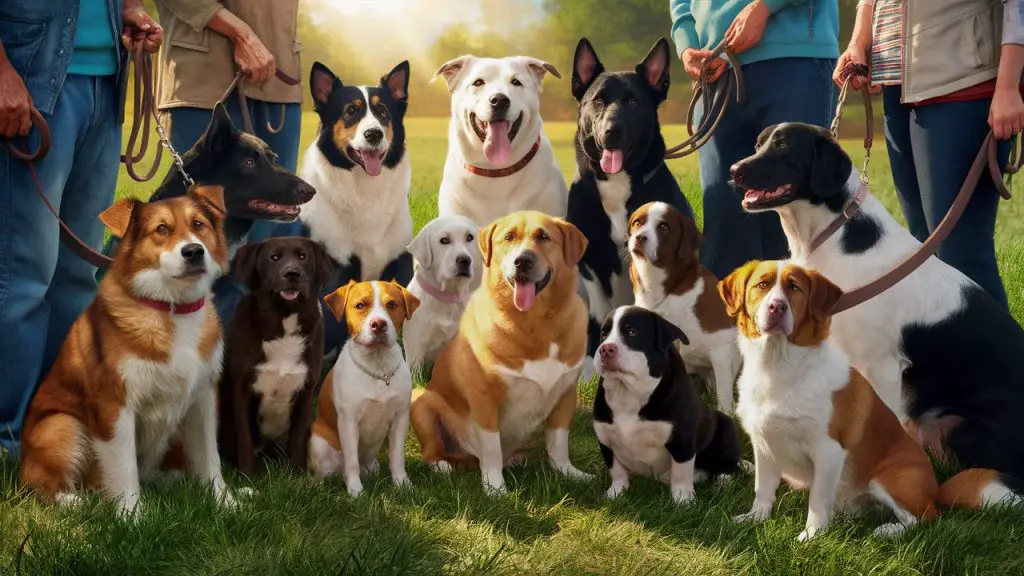
To train your dogs to be calm around each other, start by establishing a solid foundation of basic obedience training, teaching essential commands like sit, stay, and leash walking. Gradually socialize your dogs to new environments and other dogs, monitoring their interactions and body language to prevent stress or anxiety. Use positive reinforcement techniques, such as treats and praise, to encourage calm behavior and reward good responses. By combining these strategies, you’ll be well on your way to managing your dogs’ interactions and fostering a more peaceful coexistence. A more detailed approach can further enhance your training’s effectiveness.
Table of Contents
Key Takeaways
- Establish a consistent daily routine with calming exercises to reduce anxiety and uncertainty in dogs.
- Use positive reinforcement techniques like treats and praise to reward calm behavior in the presence of other dogs.
- Gradually socialize dogs to various social situations, starting with small, controlled groups in new environments.
- Monitor body language and manage initial dog interactions in neutral, distraction-free areas with loose leashes.
Start With Basic Obedience Training
To lay the foundation for calm behavior, you’ll need to start by teaching your dog basic obedience skills, such as sit, stay, and walking on a leash. This will help you establish clear communication and boundaries.
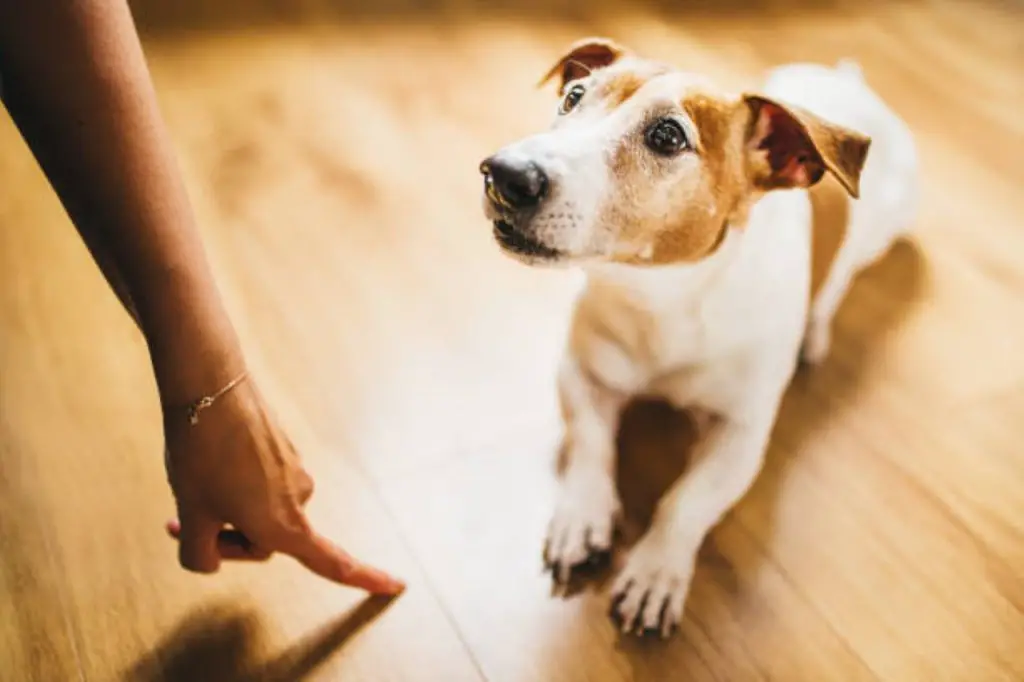
Mastering these basic commands allows you to subtly guide your dog’s behavior, hence reducing anxiety and stress in situations that might trigger an adverse reaction.
To be effective, focus on training consistency, setting aside time each day to practice these skills in a controlled environment with minimal distractions.
Sticking to a regular routine and employing consistent commands, hand signals, and rewards is essential for your dog to grasp what’s expected of them quickly.
This post contains affiliate links. However all the information provided on this site are my own honest opinions. See more in Disclaimer.
When your dog reliably responds to basic commands, you’re better equipped to manage their behavior in more challenging situations, such as encounters with other dogs.
This foundational obedience training is a vital step towards fostering calm behavior in your dog.
Socialize Your Dog Gradually
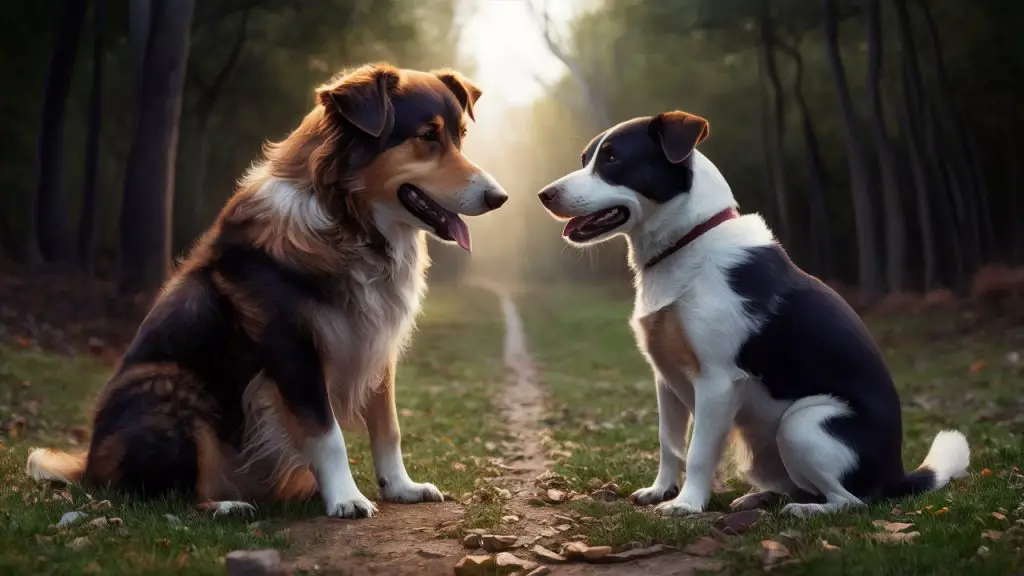
By building on the foundation of basic obedience skills, you can now gradually introduce your dog to various social situations, allowing them to become confident and calm in the presence of new people, dogs, and environments.
Socialization is a vital step in training your dog to be calm around others. To socialize your dog effectively, start by exposing them to new environments, such as dog parks, pet stores, and friend’s homes.
Gradually increase the number of people and dogs they interact with, beginning with small, controlled groups.
| Environment | Number of People/Dogs | Duration |
|---|---|---|
| Dog Park | 5-10 people, 2-3 dogs | 30 minutes |
| Pet Store | 10-20 people, 1-2 dogs | 15 minutes |
| Friend’s Home | 5-10 people, 1-2 dogs | 1 hour |
| Playdate | 2-5 people, 1-2 dogs | 2 hours |
As your dog becomes more confident, you can increase the duration and complexity of social interactions. Remember to always monitor your dog’s body language and behavior, intervening if they show signs of stress or anxiety. With gradual socialization, your dog will learn to remain calm in a variety of situations.
Use Positive Reinforcement Techniques
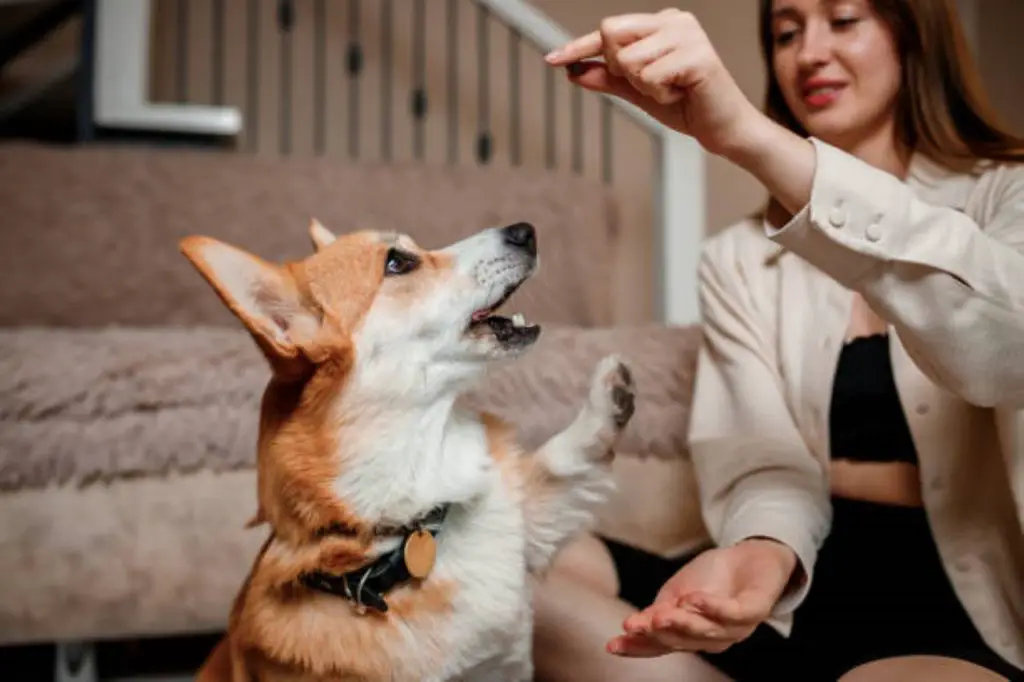
As you train your dog to be calm, it’s crucial to use positive reinforcement techniques that encourage good behavior.
You’ll want to focus on rewarding calm behavior, rather than simply correcting anxious behavior.
Reward Calm Behavior
Your goal is to associate calm behavior with a reward, creating a powerful incentive for your dog to remain composed in situations that would normally trigger excitement or anxiety.
To achieve this, focus on rewarding your dog in calm environments, where they’re more likely to exhibit relaxed body language.
When your dog displays calm behavior, such as a relaxed posture, slow breathing, or soft eyes, immediately reward them with a treat, praise, or affection.
Consistency is key; always reward calm behavior, no matter how fleeting. This positive reinforcement will help your dog associate calmness with desirable outcomes.
Over time, your dog will learn to self-regulate, opting for calm behavior even in situations that previously caused excitement or anxiety.
As you progress, phase out the rewards, replacing them with praise and affection.
Your dog will have learned to remain calm, even without the promise of treats.
Remember, every dog is unique, so be patient and adjust your approach as needed to accommodate your dog’s distinct personality and learning style.
Manage Trigger Situations
Once you’ve established a strong foundation of calm behavior through consistent rewards, it’s time to apply positive reinforcement techniques in situations that trigger your dog’s excitement or anxiety.
Effective trigger management involves recognizing the stimuli that set your dog off and taking proactive steps to manage their reactions.
This means paying close attention to dog body language, such as raised hackles, stiffened posture, or avoidance behaviors.
As you identify trigger situations, you’ll develop strategies to mitigate their impact.
For example, if your dog becomes overexcited around other dogs, you may need to create distance, use a calming aid like a pheromone diffuser, or engage your dog in a calming activity.
Reward your dog for calm behavior in these situations, even if it’s just for a brief moment. Consistency is key: every time your dog remains calm in a trigger situation, they’ll learn that calmness is a valuable and desirable behavior.
Gradual Exposure Methods
To help your dog generalize calm behavior to a wide range of situations, you’ll need to gradually expose them to the triggers that previously caused excitement or anxiety, using positive reinforcement techniques to reward calm responses.
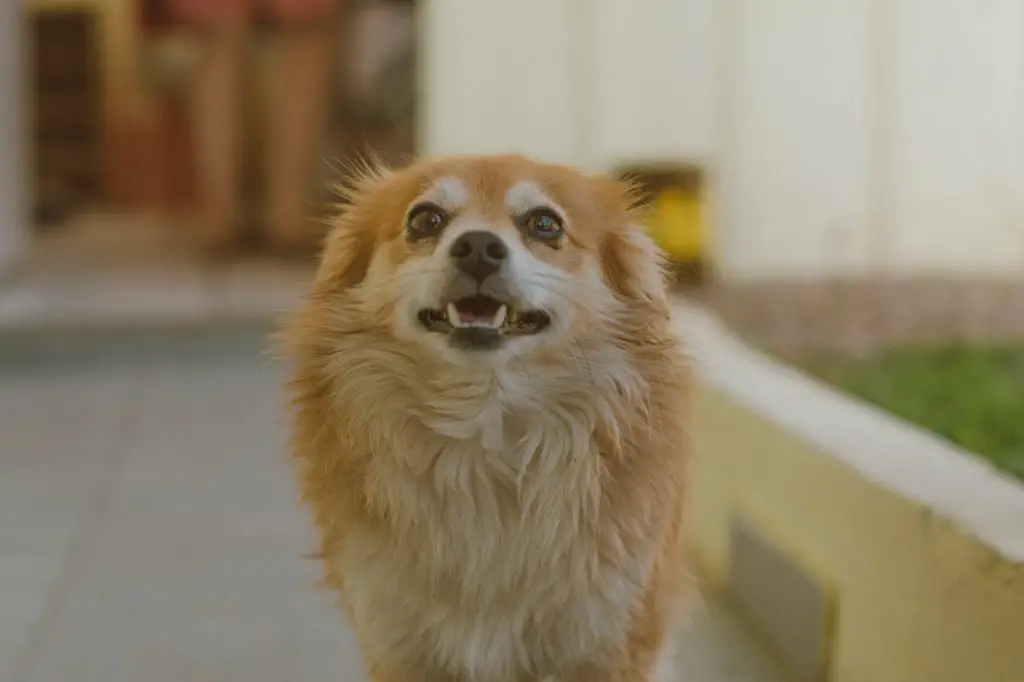
This process, known as gradual exposure, helps your dog become confident in the presence of triggers, reducing the likelihood of reactive behavior.
When using gradual exposure methods, you’ll need to carefully manage the environment to guarantee your dog’s comfort and safety.
This involves identifying and controlling triggers, such as other dogs, noises, or strangers, and introducing them at a low level, gradually increasing the intensity while rewarding your dog for calm behavior.
Counter conditioning techniques can also be employed, associating the presence of triggers with positive outcomes, such as treats or praise.
By combining environment management with positive reinforcement and counter conditioning techniques, you can help your dog learn to remain calm in situations that previously caused distress.
With time and practice, your dog will become more resilient and calm in the face of triggers, enhancing their overall well-being.
Desensitize Your Dog to Triggers
By gradually exposing dogs to the stimuli that normally set them off, you can effectively desensitize them to triggers that previously caused anxiety or excitement.
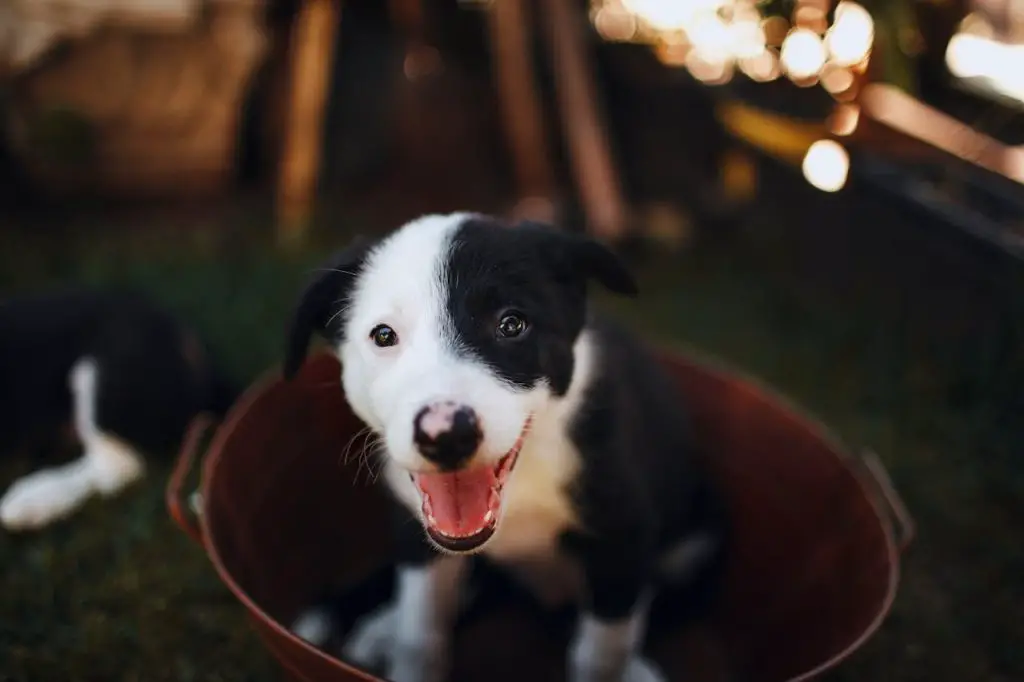
To achieve this, start by identifying the specific triggers that affect your dog, such as other dogs, loud noises, or strangers.
Once you’ve pinpointed the triggers, you can begin making environmental adjustments to minimize their impact.
Here are 4 steps to desensitize your dog to triggers:
- Identify and prioritize triggers: Make a list of the stimuli that cause your dog to react, and rank them in order of severity.
- Start with low-level exposure: Begin by exposing your dog to the trigger at a low level, such as a recording of a loud noise or a stranger at a distance.
- Gradually increase exposure: Gradually increase the level of exposure over time, while monitoring your dog’s response.
- Reward calm behavior: Reward your dog for remaining calm in the presence of the trigger, using treats and praise to reinforce good behavior.
Practice Calming Exercises Daily
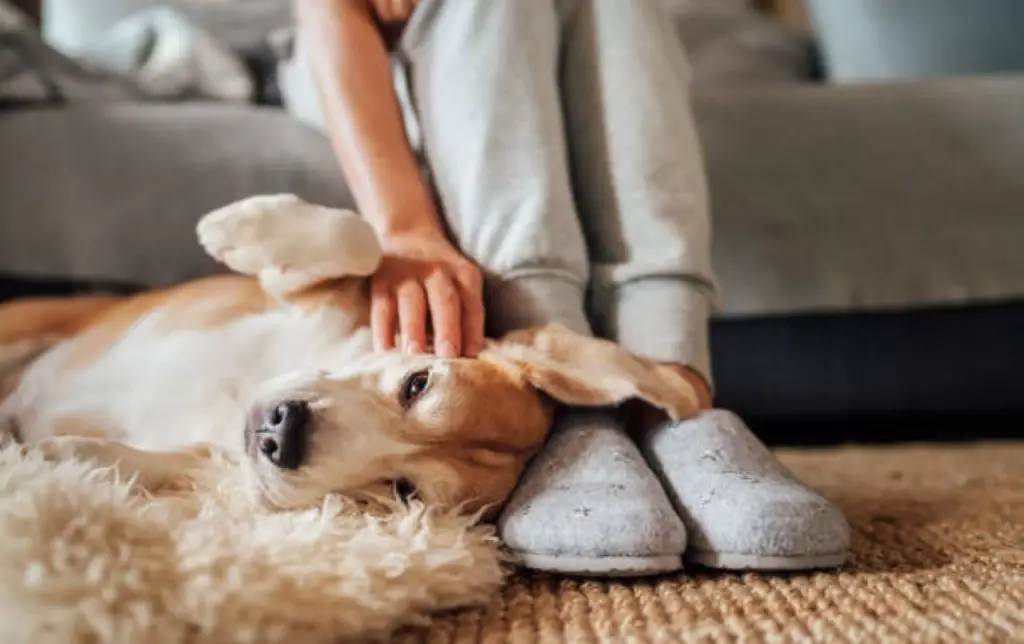
You can effectively calm your anxious dog by incorporating specific exercises into their daily routine.
Consistency is key, as regular practice helps to condition calm behavior and reduce anxiety.
Exercises for Anxious Dogs
Daily practice of specific calming exercises can greatly reduce anxiety in dogs, leading to a more relaxed and composed demeanor.
As you help your dog practice relaxation techniques, you’ll want to identify and manage anxiety triggers to create a calm environment.
By doing so, you’ll empower your dog to build resilience against anxiety-provoking situations.
To get started with calming exercises for your anxious dog, try these activities:
- Deep Pressure Therapy: Apply gentle pressure to your dog’s body to promote relaxation. You can use a Thundershirt or a similar product designed for this purpose.
- Calming Walks: Take slow, short walks with your dog to help them become comfortable in the presence of triggers, such as other dogs.
- Sensory Integration: Expose your dog to calming sights, sounds, and smells, like pheromone diffusers or calming music.
- Desensitization and Counterconditioning: Gradually expose your dog to anxiety-provoking stimuli while associating them with positive outcomes, such as treats and praise.
Daily Routine Importance
Establishing a consistent daily routine that incorporates calming exercises is essential for anxious dogs, as regular practice helps solidify new behaviors and reinforces resilience against anxiety-provoking situations.
By incorporating calming exercises into your dog’s daily schedule, you’re providing them with the tools they need to manage their anxiety and remain calm in the presence of other dogs.
To achieve this, it’s imperative to prioritize routine consistency.
Set aside specific times each day for calming exercises, such as immediately after meals or before bedtime. Consistency in your daily routine helps your dog understand what to expect, reducing uncertainty and anxiety.
A well-structured daily schedule also enables you to identify and address any patterns or triggers of anxiety in your dog.
By sticking to a consistent routine, you’ll be better equipped to recognize and respond to your dog’s needs, ultimately strengthening your bond and enhancing their emotional well-being.
Training Calm Behavior
In conjunction with a consistent daily routine, practicing calming exercises regularly is an essential step in training dogs to exhibit calm behavior.
Repetition and reinforcement of calm responses enable them to better cope with anxiety-provoking situations.
By dedicating time to training calm behavior, you’ll help your dog become more resilient and composed in the presence of other dogs.
To achieve this, it’s important to create calm environments that foster relaxation and reduce stress.
Understanding canine communication is also significant, as it allows you to recognize and respond to your dog’s emotional state.
Here are four exercises to practice calming your dog:
- Gradual exposure: Gradually expose your dog to the stimuli that triggers anxiety, starting from a safe distance.
- Desensitization: Desensitize your dog to triggers by reducing their intensity or volume.
- Counterconditioning: Pair the presence of triggers with pleasant experiences, such as treats and praise.
- Relaxation techniques: Teach your dog relaxation techniques, like ‘sit-stay’ or ‘down-stay,’ to help them calm down in stressful situations.
Manage Initial Dog Interactions
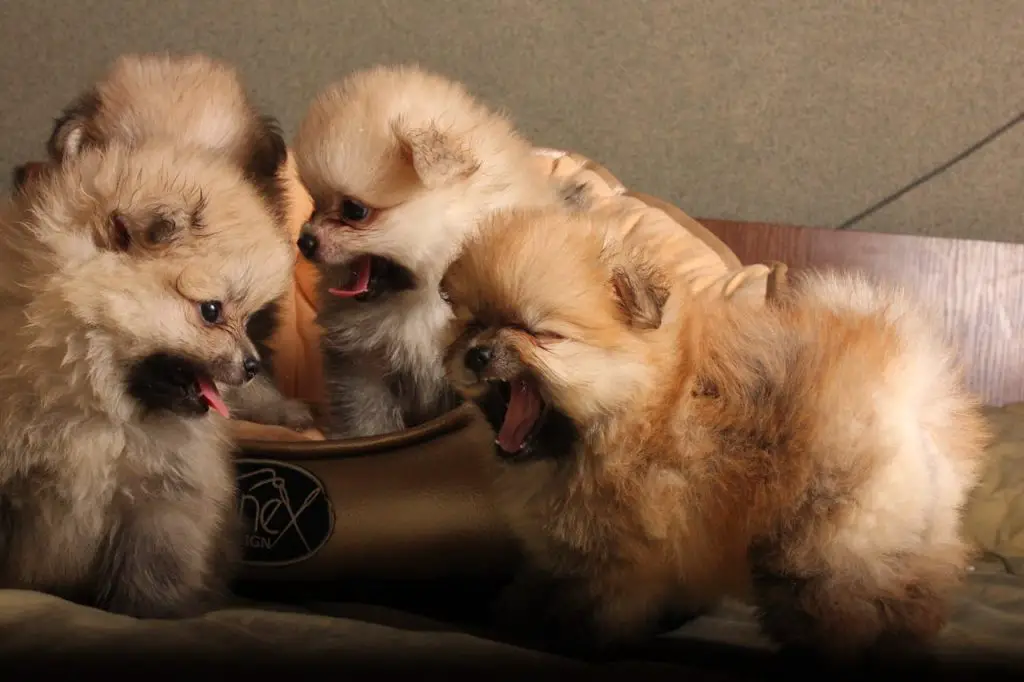
Most dog owners know that the initial interactions between dogs can be essential in determining the outcome of their relationship, so it’s important that you manage these interactions carefully to minimize stress and anxiety.
When introducing dogs for the first time, it’s critical to monitor their body language, watching for signs of tension or fear, such as raised hackles, growling, or avoidance behaviors.
Initial introductions should be done in a neutral area, free from distractions and resources that may trigger competition.
You should keep the leashes loose, allowing the dogs to approach each other at their own pace. If either dog appears uncomfortable or aggressive, it’s best to separate them immediately and start the process again from a safe distance.
Reward Good Behavior Consistently
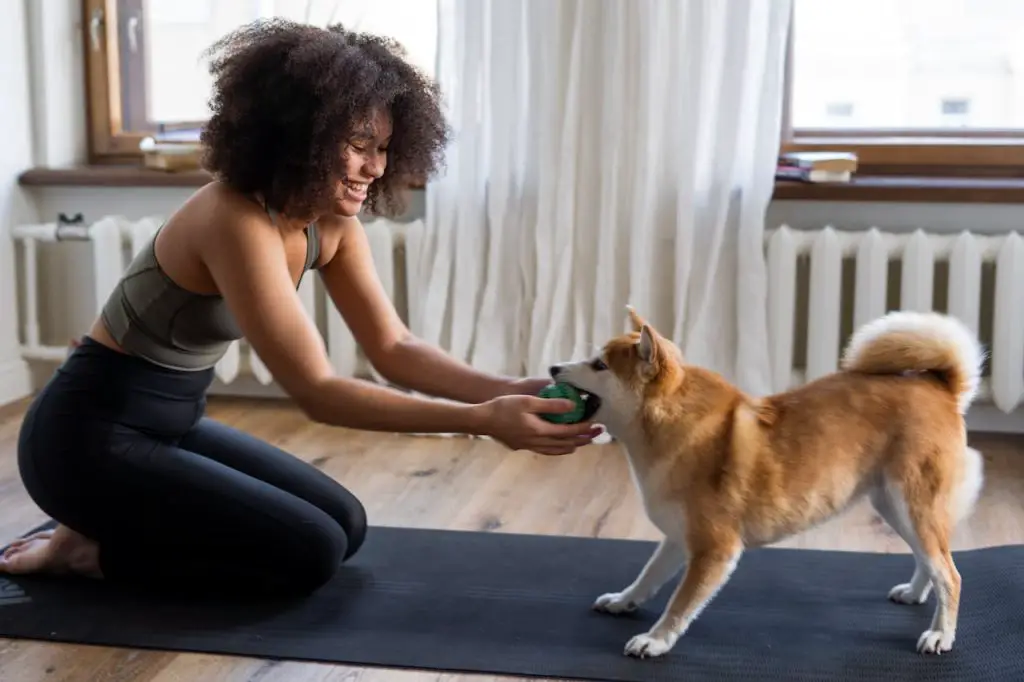
When training dogs to be calm, one key principle is to reward good behavior consistently, which reinforces desired calm behaviors and encourages the dog to repeat them.
By implementing a reward system, you can motivate your dog to exhibit calm behavior around other dogs. Consistency is essential in behavior modification, as dogs thrive on predictable outcomes.
Here are four key points to keep in mind when rewarding good behavior consistently:
- Use positive reinforcement: Reward your dog with treats, praise, or playtime when they exhibit calm behavior around other dogs.
- Be consistent: Use the same rewards and cues every time you reinforce calm behavior.
- Track progress: Monitor your dog’s behavior tracking sheet to identify patterns and areas for improvement.
- Adjust rewards gradually: Gradually phase out rewards as your dog’s calm behavior becomes more consistent, to avoid over-reliance on rewards.
Frequently Asked Questions
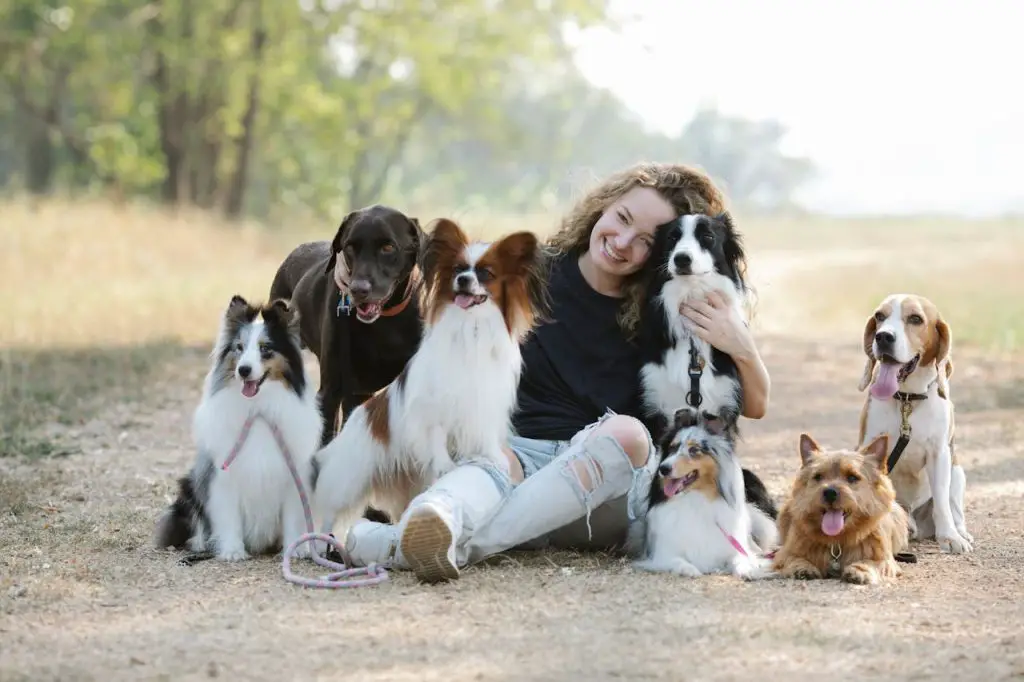
You can train any two dog breeds to live together peacefully, regardless of breed compatibility, by using effective training techniques that focus on positive reinforcement, desensitization, and counterconditioning to address potential conflicts and territorial behaviors.
As you commence on the arduous adventure of canine composure, you wonder, how long does it take to tame the tumult? With consistent training techniques and well-structured socialization exercises, you’ll see significant strides in just a few weeks.
You’ll notice common signs of dog anxiety around other dogs in their body language, such as raised hackles, growling, or avoidance. Utilizing proper socialization techniques can help alleviate these behaviors and promote calm interactions.
Like a scene from ‘Call of the Wild,’ confrontations can erupt with unpredictable dogs, making safety top priority. You’ll want to contemplate muzzle types, such as basket or nylon, when exploring introduction techniques to prevent conflicts.
You can train your older dog to be calm around other dogs using tailored socialization techniques. Older dog training requires patience, consistency, and positive reinforcement to help them adjust to new canine interactions.
